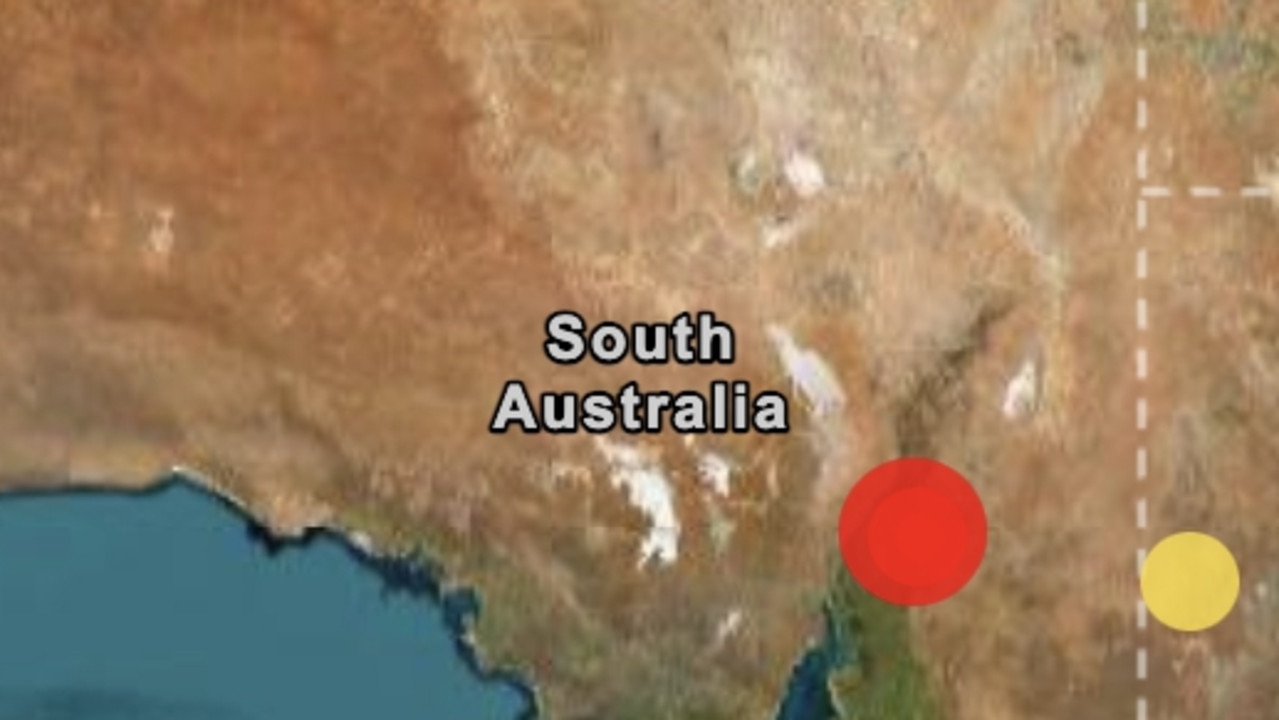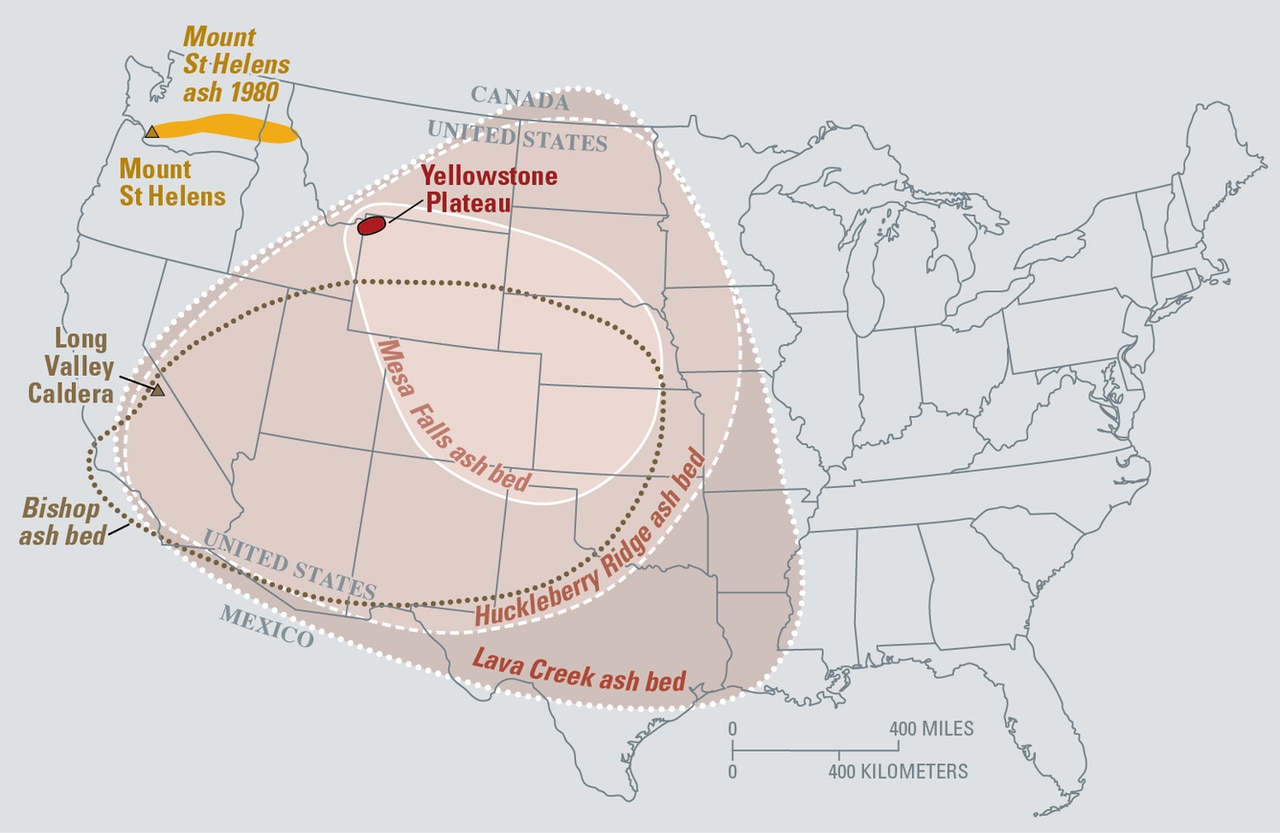Living on the edge: Life near Cotopaxi active volcano in Ecuador
IMAGINE living next to a volcano that could explode at any moment and take out half of the city. This is the most painful and dangerous waiting game.

“IS THAT ash or clouds?” a young girl asks her dad.
“Ash,” he replies, looking at the dark grey column extending 3km from Cotopaxi, Ecuador’s largest volcano.
On August 14, Cotopaxi exploded sending the bordering town of Latacunga into chaos.
Concierge Erik Abril recalls the moment of panic.
“We were in the hotel and we heard the alarm. They told us it was an Orange Alert and we had five minutes to evacuate. It was complete mayhem. People were running, talking on the phone, some people were crying, carrying whatever they could take. There were a lot of accidents.”
Since then, Latacunga has been under a state of emergency.
Four hundred people have been evacuated and more than 27,200 students have been relocated to schools outside of the danger zone.
An eruption has the potential to harm more than 300,000 people between Cotopaxi, Napo and Pichincha. And it could happen without warning and take out half of the city within 30 minutes.
“The biggest risk is the lahar,“ explains Juan Zapata, security secretary of the metropolitan district.
“This powerful stream of molten mudflow could do serious damage. Geophysical simulations predict that the lahars would rush down the volcano and affect this entire area here along the river,” he says, pointing to a map of the danger zone.
The map extends from Cotopaxi along the River San Blas, to Quito, Ecuador’s capital just 45km away. Houses by the river are particularly at risk with concern the force of the lahars will burst the banks and wipe out entire neighbourhoods.
To prepare for such an event, the government has created over 140 safe houses and set out on a mass education program to teach the public how to respond. Neighbourhoods in the danger zone are staging mock evacuations. School kids are learning how to put on face masks. Bus drivers are practising driving through ash.
But there is still confusion and fear.
“We’ve never had a situation like this, we are really terrified,” says mother-of-two Patricia Cavalero.
“We want to know what we should do, how can we prepare ourselves. We don’t know how big the eruption will be or how devastating its effects will be.”
Elena Perez is also concerned. “We are worried for the children — for everyone, for the neighbourhood.
“We are trying to see what areas are in the danger zone so we can make a plan. For example, if the kids are in school — where should they wait for us, where we should pick them up and where should we all meet as a family, that is if we can make it.”
Amid the confusion, there are rumours of government conspiracies. Last week, an audio message claiming the government was lying about Cotopaxi went viral. In the message a woman’s voice said an eruption was imminent, prompting online hysteria.
Zapata dismisses the rumours but says it is difficult to maintain calm under such tense conditions.
He explains: “Social media has been a problem. Someone makes a comment or starts a rumour and all of a sudden there is panic and anxiety.”
Panic is doing little for business in the small town. Owner of El Gringo y La Gorda Mauricio Andrade has seen a sharp drop in customers.
“A fifth of the community has left — some forever, some temporarily,” he says.
“The little tourism we had is gone because most people come to see or climb Cotopaxi and the national park is closed. And now because people don’t know what’s going to happen, they’re holding on to their money to wait and see what happens. They’re very scared.”
Since the initial explosion, Cotopaxi has maintained a high level of activity. Each day, the volcano spews long dark columns of smoke and blankets entire suburbs in ash. Some days the town smells of sulphur.
For now Latacunga and other danger zones remain under a Yellow Alert. The people are taking measures to prepare themselves for an eruption, buying face masks, first aid kits and candles — caught in a painful and dangerous waiting game.
As Mauricio explains, “We have a volcano that isn’t going to explode little by little, there will be a ‘boom’, and everything that is in its path, water, rocks, trees, will be brought down in gushing streams of larva. In 30 minutes, it could take out half of the city. But we don’t know when it will happen.”



